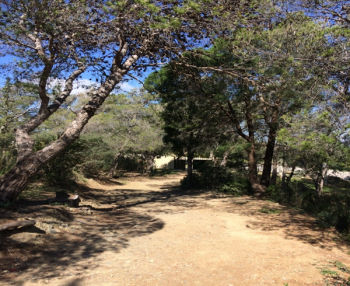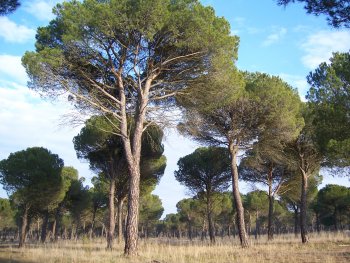Santiago Perea S.L ., a history of innovation in the pine nut sector
The success story of the company Santiago Perea S.L. in the processing of pine nuts in Andalusia (Southern Spain) is presented here. The commitment of this company to innovation since its creation in 1950 has led to its outstanding positioning in the sector. The main milestones in the history of the company and the most notable elements of its business model are described below.









